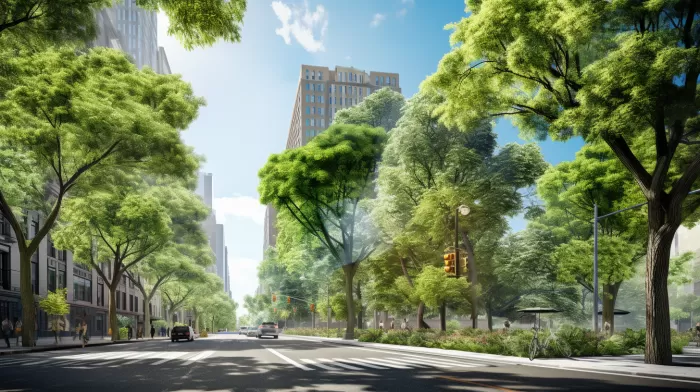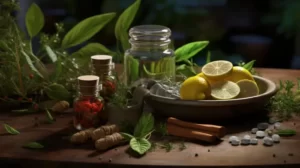Imagine stepping out into your backyard and knowing that the plants you’ve put in the ground are actually saving lives. Sounds amazing, doesn’t it? Well, it turns out that researchers from the U.S. Forestry Service have discovered that specific plants can do precisely this. These plants not only beautify your surroundings but also play a critical role in reducing air pollution and improving human health.
Trees are the superheroes of the plant world, according to a study performed at the Forest Service’s Northern Research Station. The research reveals that by reducing air pollution, trees in the U.S. save 850 lives annually, while also preventing 670,000 instances of acute respiratory problems every year.
The Science behind Trees and Air Pollution
Have you ever wondered how trees act as natural air purifiers? Their ability to remediate air pollution links directly to improved human health. Trees absorb pollutants from the air through their leaves, which act as filters. They trap gases and particles on their surface or take them up during the process of photosynthesis, the way plants convert sunlight into food. The pollutants are then incorporated into plant tissues or broken down by microorganisms in the soil when the leaves fall.
The researchers demonstrated that pollution removal is significantly higher in rural areas than urban locations. However, the health benefits are more critical in cities. This discovery is essential considering that more than 80% of Americans now live in urban areas. Michael T. Rains, director of the Forest Service’s Northern Research Station and the Forest Products Laboratory, explains, “Information and tools developed by Forest Service research are contributing to communities valuing and managing the 138 million acres of trees and forests that grace the nation’s cities, towns, and communities.”
Focusing on Key Pollutants
Scientists in the study concentrated on the effects of four pollutants: nitrogen dioxide, sulfur dioxide, ozone, and small, airborne particulate matter. These pollutants can lead to severe health problems, including lung issues, heart disease, vascular difficulties, and neurological dysfunction.
Annually in the United States, there are approximately 130,000 deaths linked to tiny particulates floating in the air and roughly 4,700 deaths related to ozone. Trees can significantly reduce these alarming numbers by combating pollution.
Dave Nowak, a researcher in the study, emphasizes the potency of trees in urban areas, stating, “In terms of impacts on human health, trees in urban areas are substantially more important than rural trees due to their proximity to people. We found that, in general, the greater the tree cover, the greater the pollution removal, and the greater the removal and population density, the greater the value of human health benefits.”
Planting the Right Trees for Your Yard
So, you might be wondering what kinds of trees you should be planting in your yard to reap the maximum benefits. While all trees provide some benefit, certain species are more effective at tackling specific pollutants. Some examples of pollution-busting trees you may consider planting include:
- Silver birch (Betula pendula): These trees are excellent at capturing particulate matter from the air.
- English oak (Quercus robur): Known for removing ground-level ozone, an air pollutant that can cause respiratory illnesses.
- Field maple (Acer campestre): This tree species is particularly good at absorbing nitrogen dioxide, a common vehicle exhaust emission.
Apart from the health benefits, planting trees in and around your home can bring about several other advantages. They can act as noise barriers, conserve energy by providing shade in the summer and windbreaks in the winter, and can even boost your property value.
Conclusion
The next time you’re planning your garden or yard, think about how you can incorporate trees into the design. By doing so, you’ll not only create a beautiful living space to enjoy but will also be playing a part in boosting the health and well-being of those around you. So ask yourself, what’s in your yard?



